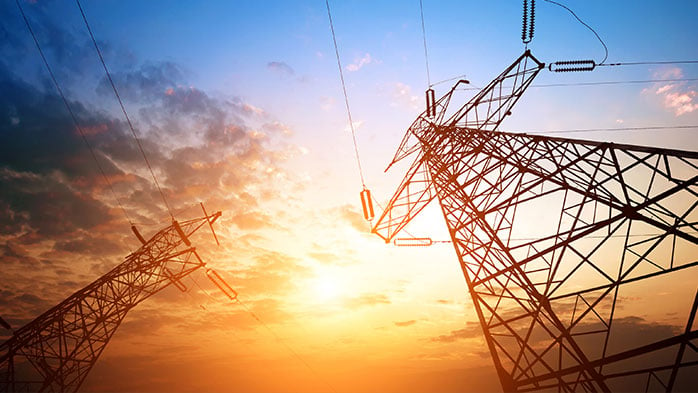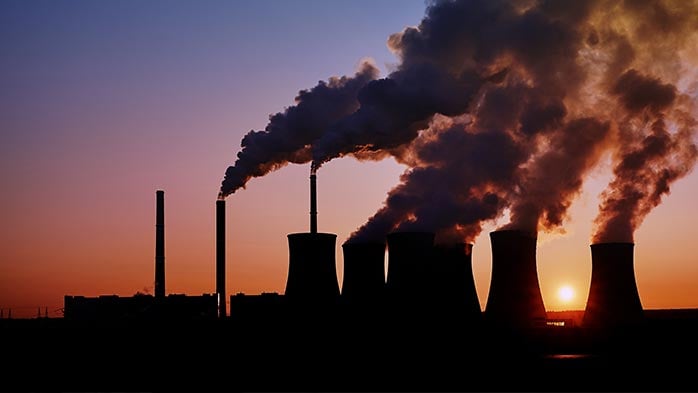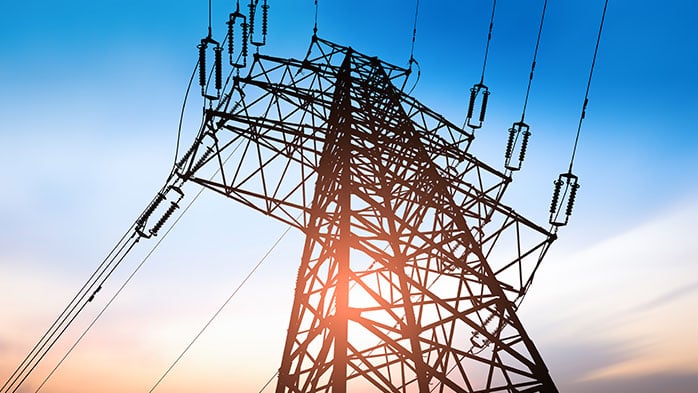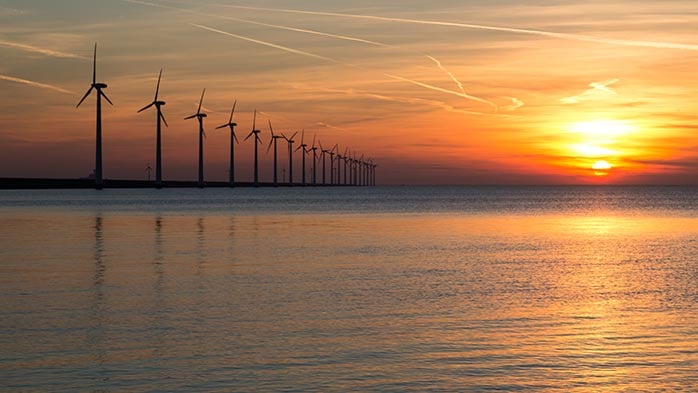Africa: Key to future mined supply development
The energy transition trend has heightened expectations for demand in mined commodities, with future demand for a number of metals projected to dwarf current volumes. Greenfield mining capacity will be needed in large volumes, and Africa holds some of the largest remaining untapped resources across many key commodities.
Chinese domination in greenfield project development
While consensus has evolved around the criticality of some key commodities, project development has been uneven geographically and dominated by Chinese stakeholders. China has made resource security in critical minerals a key part of its economic development strategy and has deployed both capital and human resources domestically and overseas to follow through, with higher risk appetite than its Western counterparts.
Chinese mining and metals companies are able to access capital cheaply. Crucially, Chinese companies also have recent experience in project development, and are therefore able to rely on a track record of relative success, such as the Kamoa-Kakula copper project, the Sabi Star lithium-tantalum mine and others. Moreover, Chinese construction and equipment costs are still substantially lower than elsewhere, making greenfield project development very cost-competitive.
Western hesitancy stemming from multi-layered uncertainty
By contrast, the junior mining sector has had little success in bringing supply onstream with Western backing in Africa. Multi-faceted risk aversion is part of the reason. Lenders and project sponsors alike are wary of capital-intensive investments in often unpredictable social and political jurisdictions, to develop mined supply for future demand which, by traditional measures, is far from certain. In contrast, China has a decade of project development experience to draw upon. The limited track record in Africa, among the multiple stakeholders in Western finance and mining, mean that many now lack the capability or capacity to evaluate, support and execute complex greenfield projects. There is a risk that, if this trend should continue, it might result in an over-reliance on China in critical minerals (at least upstream), due to a lack of investment in upstream capacity outside of China.
The key link from criticality to viability
Global supply chain diversity will be important for mass energy transition and decarbonisation, and the desire to avoid over-reliance on single sources of supply has been widely articulated and documented. So why is there so little commitment to invest in critical minerals at mine level, in Africa and elsewhere? While the criticality of some minerals is well known, this hasn’t translated into actions yet, meaning its impact has not been fully felt yet. For critical minerals used in battery chemistries, for instance, China (and East Asia more generally) has built capacity in anticipation of future demand, leaving some industry segments temporarily over-supplied at a global level. Prices have languished below or around incentive level, stilting momentum for further capacity growth.
The notion that much more capacity will be needed (and that we cannot necessarily rely on the same stakeholders to build it) may be true, but with mass energy transition still years away, there is very little urgency. One example of the insufficient sense of urgency is shown by the projected nickel supply (mined and finished) over the next six years in the charts below.
The few precedents being set are adequately supplied, for now, and in most cases prices have not stepped up sufficiently to incentivise large-scale investment. This is a problematic stalemate because mined supply takes a long time to develop. Investments are needed today to generate mined product in 10 or more years’ time, and energy transition may suffer a disappointing decade in the 2030s without more commitment now. The dominance of China in greenfield project development and thus, its capability of addressing the future gap quicker, further adds to the uncertainty for investors outside China, hindering the progress needed for a successful energy transition.
Breaking the stalemate and the role of Multilateral Development Banks (MDBs)
In Africa, ramping up the pace and bringing renewed commitment outside of China, in supporting new mined supply, requires multi-national, multi-lateral resources. MDBs are an important part of the solution. They have access to capital on a large scale, and many have a core mission to support economic development in Africa. Their involvement has facilitated the financing of major infrastructure projects, from sanitation to transport and farming across the continent, at affordable interest rates and with the backing of experienced project developers. MDBs would therefore appear to be ideally suited to take a leading role in the development of critical mineral supply. So far, however, their involvement has been minimal. The 2022 joint report on MDBs revealed a lack of finance commitment in mining, with capital directed preferentially towards energy and transport instead.
Pitching mining to MDBs
Can MDBs be more involved? In theory, yes. In practice, the internal competition for capital is difficult for mining to win, ahead of other, more established segments in the banks’ portfolio. Two key conditions are essential to greater MDB involvement:
- A clearly articulated and accepted direct link between criticality at upstream level and the success of the downstream decarbonisation technologies that have heavy worldwide backing from MDB members;
- The confidence that increased commitment and involvement in mining would directly fulfil the MDB’s mission of sustainable economic development in Africa.
Building confidence in criticality
Mapping the direct impact mining bottlenecks can have in global energy transition efforts is one way to show the need for greater urgency. Worst-case scenarios that show demand growth under even the most pessimistic energy transition scenarios (thereby solidifying the argument for new supply) is another.
Objective analysis that cuts through supply chain complexity is badly needed, so that consensus can form not only around criticality as a concept, but also around the impacts of under-development upstream on the mega-trends nowadays. Objective analysis is also needed to identify the upside available to early movers, and, on the flip side, the cost of not acting now.
CRU, together with its partners, has worked tirelessly over the last few years to provide independent assessments of criticality and individual targeted pieces of work outlining the link between material criticality and likely project viability.
While objective mapping and assessment is a crucial part of the solution, it is not the core of it. Heightened dedication is unmistakably communicated through a rise in commitment, and many of the stakeholders in Africa’s industrial development will need to shoulder this burden to make mining a success. CRU is determined to continue to support this effort, and it starts with articulating and developing the same key message – critical minerals are an essential part of a sustainable future, and those taking action now will partake in how that future is defined.

















